To provide the best experiences, we use technologies like cookies to store and/or access device information. Consenting to these technologies will allow us to process data such as browsing behaviour or unique IDs on this site. Not consenting or withdrawing consent, may adversely affect certain features and functions.
The technical storage or access is strictly necessary for the legitimate purpose of enabling the use of a specific service explicitly requested by the subscriber or user, or for the sole purpose of carrying out the transmission of a communication over an electronic communications network.
The technical storage or access is necessary for the legitimate purpose of storing preferences that are not requested by the subscriber or user.
The technical storage or access that is used exclusively for statistical purposes.
The technical storage or access that is used exclusively for anonymous statistical purposes. Without a subpoena, voluntary compliance on the part of your Internet Service Provider, or additional records from a third party, information stored or retrieved for this purpose alone cannot usually be used to identify you.
The technical storage or access is required to create user profiles to send advertising, or to track the user on a website or across several websites for similar marketing purposes.
 People are still undecided on whether remote and hybrid working are having a positive or negative impact on their ‘workplace community’. According to a new poll, 37 per cent of UK employees feel that hybrid work has made it harder to create a workplace community but 41 per cent disagree. These are the findings from O.C. Tanner’s 2023 Global Culture Report which collected and analysed the perspectives of over 36,000 employees, leaders, HR practitioners, and business executives from 20 countries around the world, including 4,653 from the UK. (more…)
People are still undecided on whether remote and hybrid working are having a positive or negative impact on their ‘workplace community’. According to a new poll, 37 per cent of UK employees feel that hybrid work has made it harder to create a workplace community but 41 per cent disagree. These are the findings from O.C. Tanner’s 2023 Global Culture Report which collected and analysed the perspectives of over 36,000 employees, leaders, HR practitioners, and business executives from 20 countries around the world, including 4,653 from the UK. (more…)















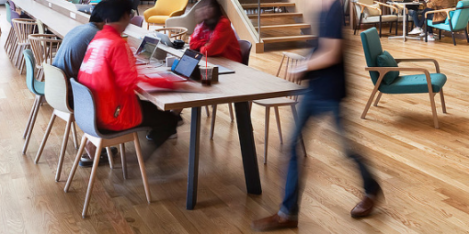
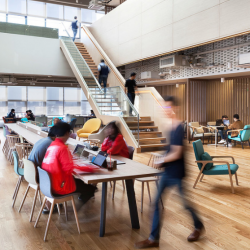
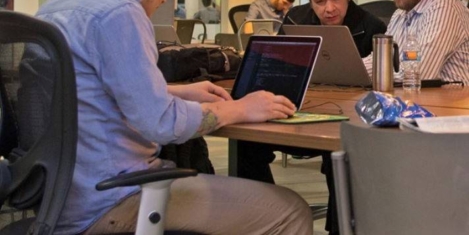
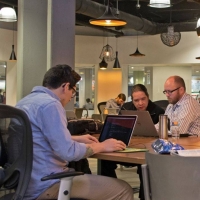
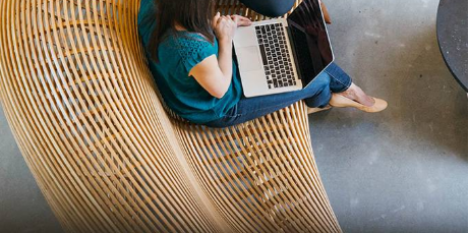














January 17, 2023
A workplace for entrepreneurial mindsets to thrive should be your goal
by John Mullins • Business, Comment